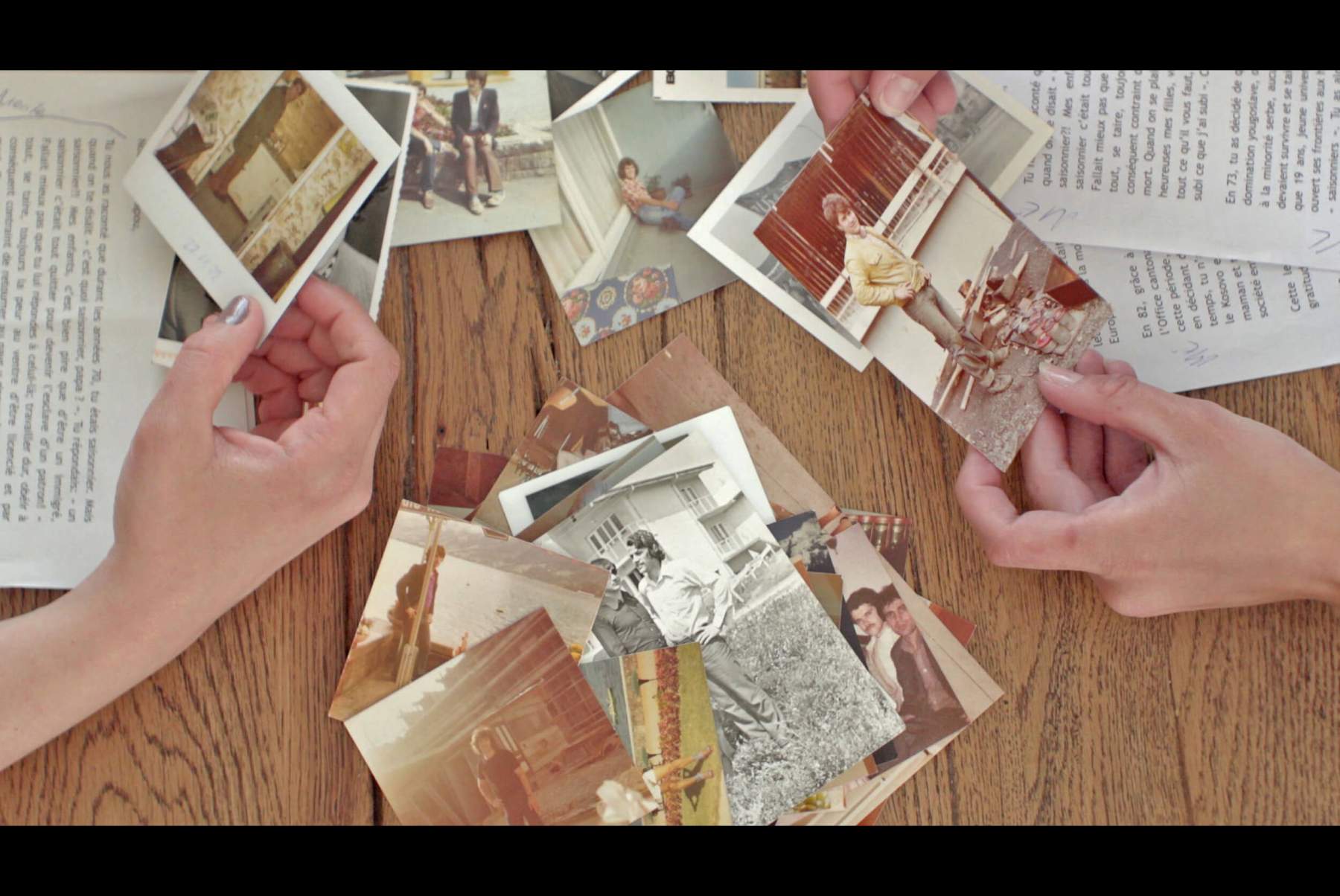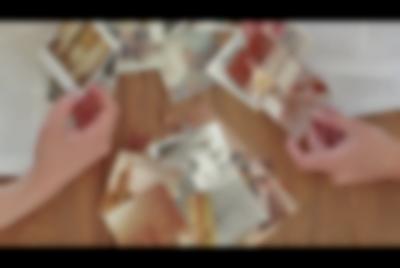In November 2018, the curators of the show Nous, saisonniers, saisonnières… Genève 1931–2019 put out a call for projects. They were looking for an original proposal to create a series of portraits of former guest workers. I sensed their desire to record authentic testimonies with a film concept of some kind. Passing on the story of these guest workers’ lives to their children and grandchildren was another important point for them that likewise holds special interest for me. It was while I was reading Édouard Louis’s Qui a tué mon père [Who Killed My Father, 2018] that the idea of doing Lettres ouvertes [Open Letters] came to me. Louis’s book deals with a subject that is different yet similar, i.e., how politics destroys human bodies.
The text is a monologue addressed to the author’s father, which could have just as easily assumed the form of a letter. In both cases, the person who is addressed is taken hostage and cannot defend themselves. The addressee is appealed to as much as the author. There exists an invisible confrontation between the two parties. They coexist in the time it takes to read the letter, love, pardon, blame and tease each other, and reveal secrets…
So I based my proposal on the principle of the open letter. It’s intimate in its form and political in its content. I found all these elements very stimulating from a reflexive, cinematographic point of view. With each of the protagonists before filming, we had long conversations about their years as guest workers or as a child and what came after. Then we looked at who the letter would be addressed to. Each of the participants wrote an initial version; next I worked with them to eventually come up with a final version, taking on the role of a copy-editor a bit, notably to get over the language barrier for some of them and put into words the major events and strong emotions.
I was very touched by what they revealed of their lives as guest workers and more generally as immigrants. To each I proposed a symbolic site where they would read their letter, a site that would highlight key elements of their experience. Personal archives, as well as those of RTS [Swiss radio and television], helped to flesh out each portrait. That also offers us the chance to discover in a different light the little-known lives of individuals who arrived in Switzerland with an A Permit and who are the players in this story. K.D.

